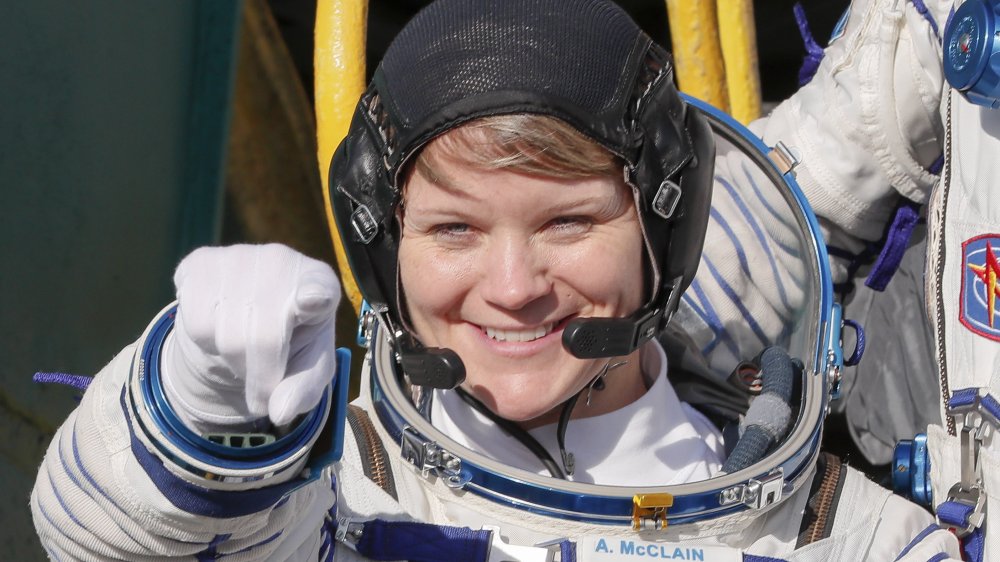The Real Reason Space Suits Are So Expensive
We've all seen the scene: Somebody needs to go outside the space vehicle to do something heroic. Also dangerous. Also requiring a suit, a space suit, and there's always this room full of racks of outer space-specific fashion and gear, just waiting. On it goes, out they go, mission usually accomplished. Heroically.
Lo and behold, and perhaps to no one's surprise, entertainment doesn't necessarily reflect reality. Nearly everything involved currently with space travel involves pots and pots of money. Space suits are no exception. Business Insider reports that NASA's present stock of space suits was created back in the 1970s, at a price of between $15 million to $22 million each — about $150 million in 2020. Alert readers might remember the 2019 kerfuffle when the first all-female spacewalk outside the International Space Station had to be modified because the suits on hand weren't, well, female-friendly. Although there were two suits on board sized medium, only one was actually ready for use. As NPR tells us, astronaut Anne McClain had to sit that one out, replaced by Nick Hague, working with Christina Koch on the walk.
Not all space suits fit all astronauts
It would seem that NASA actually has a shortage of usable, space-worthy suits on hand — the agency is down to four. Even those are past their sell-by date; they were originally designed to last just 15 years. Plenty of money has been invested in suit design in the years since, but new suits have yet to appear.
Part of it has to do with budget strains. Spacesuits, for whatever size human being, ain't cheap. Essentially, spacesuits are human-sized spacecraft, not clothes. As Business Insider relates, the suits "provide oxygen, communications, telemetry, and everything else that a human needs to survive, all rolled into one tiny, human-formed spacecraft."
There were only 18 to begin with. The gloves alone are incredibly complicated, enabling astronauts to perform relatively delicate manual work outside the spacecraft. The life support system, too — that backpack — is considerably more than just an air tank. The system maintains air pressure, monitors carbon dioxide, runs the temperature — so many aspects of keeping an individual alive in an environment where the smallest system malfunction can mean death.
Design competition is out there. Different companies are working to bring together a product that will be cost-effective, but also reliable. And, presumably, will fit explorers like Anne McClain.

